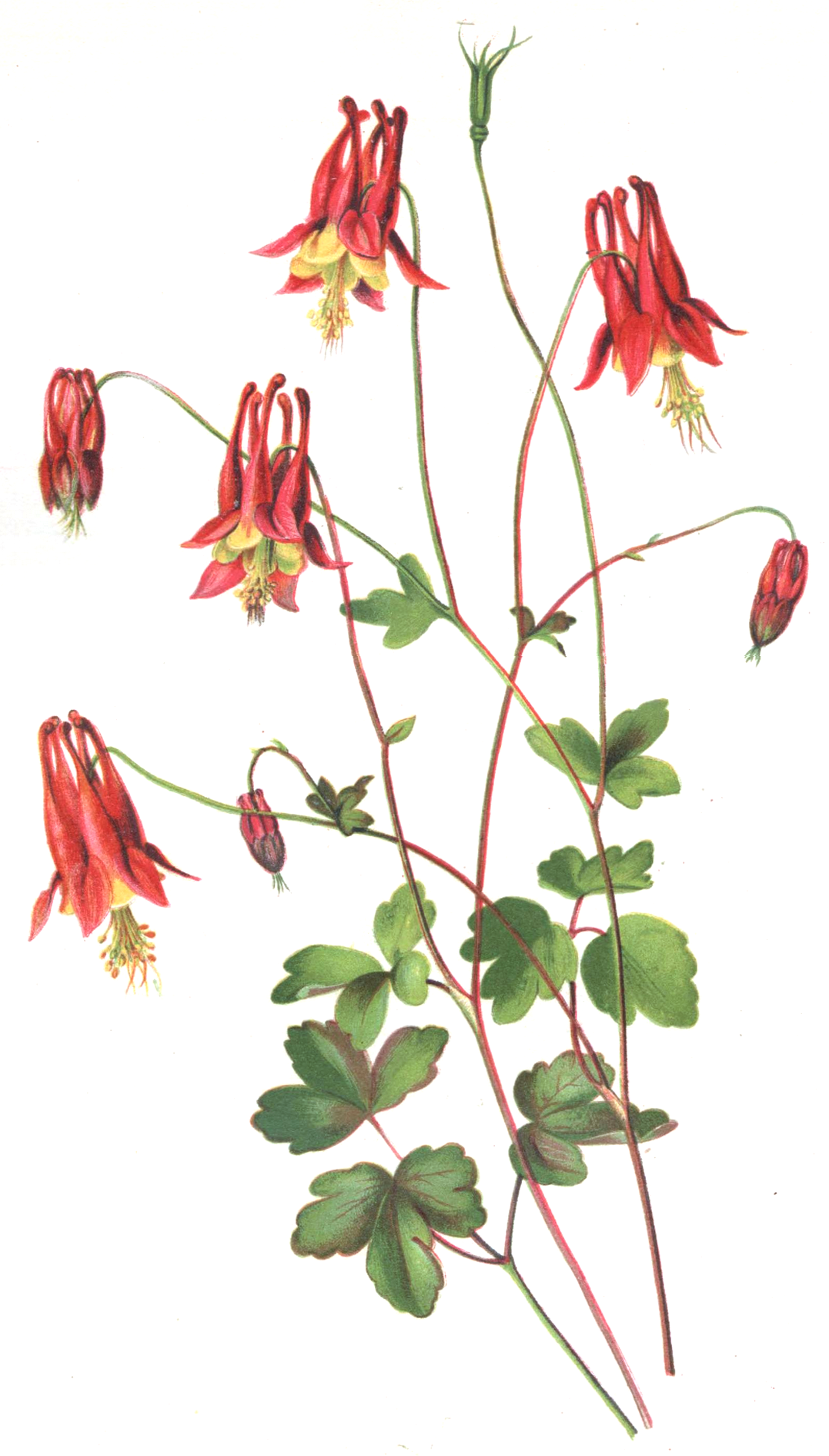Isaac Sprague on:
[Wikipedia]
[Google]
[Amazon]
Isaac Sprague (September 5, 1811 – 1895) was a self-taught landscape, botanical, and ornithological painter. He was America's best known
 * 1842 ''Botanical Text-book'' by
* 1842 ''Botanical Text-book'' by
Isaac Sprague at American Art Gallery
* Emanuel D. Rudolph, "Isaac Sprague, 'Delineator and Naturalist'" in the Journal of the History of Biology (1990, vol. 23, no. 1, pp. 91–126).
Art of Isaac Sprague at the Boston Athenaeum
{{DEFAULTSORT:Sprague, Isaac Botanical illustrators 19th-century American painters American male painters 1811 births 1895 deaths People from Hingham, Massachusetts 19th-century American male artists
botanical illustrator
Botanical illustration is the art of depicting the form, color, and details of plant species, frequently in watercolor paintings. They must be scientifically accurate but often also have an artistic component and may be printed with a botanical ...
of his day.
Sprague was born in Hingham, Massachusetts
Hingham ( ) is a town in metropolitan Greater Boston on the South Shore of the U.S. state of Massachusetts in northern Plymouth County. At the 2020 census, the population was 24,284. Hingham is known for its colonial history and location on B ...
and apprenticed with his uncle as a carriage painter.
In 1840, a young Sprague met John James Audubon
John James Audubon (born Jean-Jacques Rabin; April 26, 1785 – January 27, 1851) was an American self-trained artist, naturalist, and ornithologist. His combined interests in art and ornithology turned into a plan to make a complete pictoria ...
, who had admired Sprague's bird drawings. In 1843, Sprague served as an assistant to Audubon on an ornithological expedition up the Missouri River, taking measurements and making sketches. Sprague's pipit
Sprague's pipit (''Anthus spragueii'') is a small songbird (passerine) in the family Motacillidae that breeds in the short- and mixed-grass prairies of North America. Migratory, it spends the winters in the southwestern United States and norther ...
(''Anthus spragueii''), an uncommon and inconspicuous bird, was discovered on that expedition and named for Sprague. Some of Sprague's fine drawings were incorporated into Audubon's later publications, without credit. Sprague's diary of this expedition is in the Boston Athenaeum
Boston (), officially the City of Boston, is the state capital and most populous city of the Commonwealth of Massachusetts, as well as the cultural and financial center of the New England region of the United States. It is the 24th- most ...
.
In 1845, Sprague met Asa Gray
Asa Gray (November 18, 1810 – January 30, 1888) is considered the most important American botanist of the 19th century. His ''Darwiniana'' was considered an important explanation of how religion and science were not necessarily mutually excl ...
(1810–1888) of Harvard College
Harvard College is the undergraduate college of Harvard University, an Ivy League research university in Cambridge, Massachusetts. Founded in 1636, Harvard College is the original school of Harvard University, the oldest institution of higher lea ...
, and, over many years, Sprague illustrated several of Gray’s works, including the plates for the atlas (1857) to "Botany. Phanerogamia" in Charles Wilkes' ''United States Exploring Expedition During the Years 1838, 1839, 1840, 1841, 1842'' (1845–1876). He also illustrated Asa Gray and John Torrey
John Torrey (August 15, 1796 – March 10, 1873) was an American botany, botanist, chemist, and physician. Throughout much of his career, he was a teacher of chemistry, often at multiple universities, while he also pursued botanical work, focus ...
's various volumes of the U. S. War Department's ''Reports...'' (1855–1860), as well as works for George B. Emerson, George Goodale, and Alpheus Baker Hervey.
In 1960, Harvard University
Harvard University is a private Ivy League research university in Cambridge, Massachusetts. Founded in 1636 as Harvard College and named for its first benefactor, the Puritan clergyman John Harvard, it is the oldest institution of higher le ...
's Houghton Library exhibited approximately 100 of Sprague’s paintings, drawings and illustrations. In 2003, Sprague's works were included in the Hunt Institute’s exhibition ''American Botanical Prints of Two Centuries''.
Major collections of Sprague's work are held by the Boston Athenaeum, the Museum of Fine Arts (Boston), the Smithsonian Institution (on indefinite loan to the Hunt Institute for Botanical Verification, Carnegie Mellon University), and by Harvard University.
Selected illustrations
 * 1842 ''Botanical Text-book'' by
* 1842 ''Botanical Text-book'' by Asa Gray
Asa Gray (November 18, 1810 – January 30, 1888) is considered the most important American botanist of the 19th century. His ''Darwiniana'' was considered an important explanation of how religion and science were not necessarily mutually excl ...
* 1856 ''Manual of the Botany of the Northern United States'' by Asa Gray, ed. 2
* 1848 ''White Mountain Scenery'' by William Oakes
* 1848-1849 ''Genera Florae Americae Boreali-Orientalis'' by Asa Gray
* 1855-1860 ''Reports of Explorations and Surveys, to Ascertain the Most Practicable and Economical Route for a Railroad Route from the Mississippi River to the Pacific Ocean'', U. S. War Department
* 1875 ''Report on the Trees and Shrubs Growing Naturally in the Forests of Massachusetts'', George B. Emerson, ed. 2
* 1876-1882 ''Wild Flowers of America'' by George Goodale
* 1882 ''Beautiful Wild Flowers of America'' by Alpheus Baker Hervey
* 1883 ''Flowers of Field and Forest'' by Alpheus Baker Hervey
* 1883 ''Wayside Flowers and Ferns'' by Alpheus Baker Hervey
References
Isaac Sprague at American Art Gallery
* Emanuel D. Rudolph, "Isaac Sprague, 'Delineator and Naturalist'" in the Journal of the History of Biology (1990, vol. 23, no. 1, pp. 91–126).
External links
Art of Isaac Sprague at the Boston Athenaeum
{{DEFAULTSORT:Sprague, Isaac Botanical illustrators 19th-century American painters American male painters 1811 births 1895 deaths People from Hingham, Massachusetts 19th-century American male artists